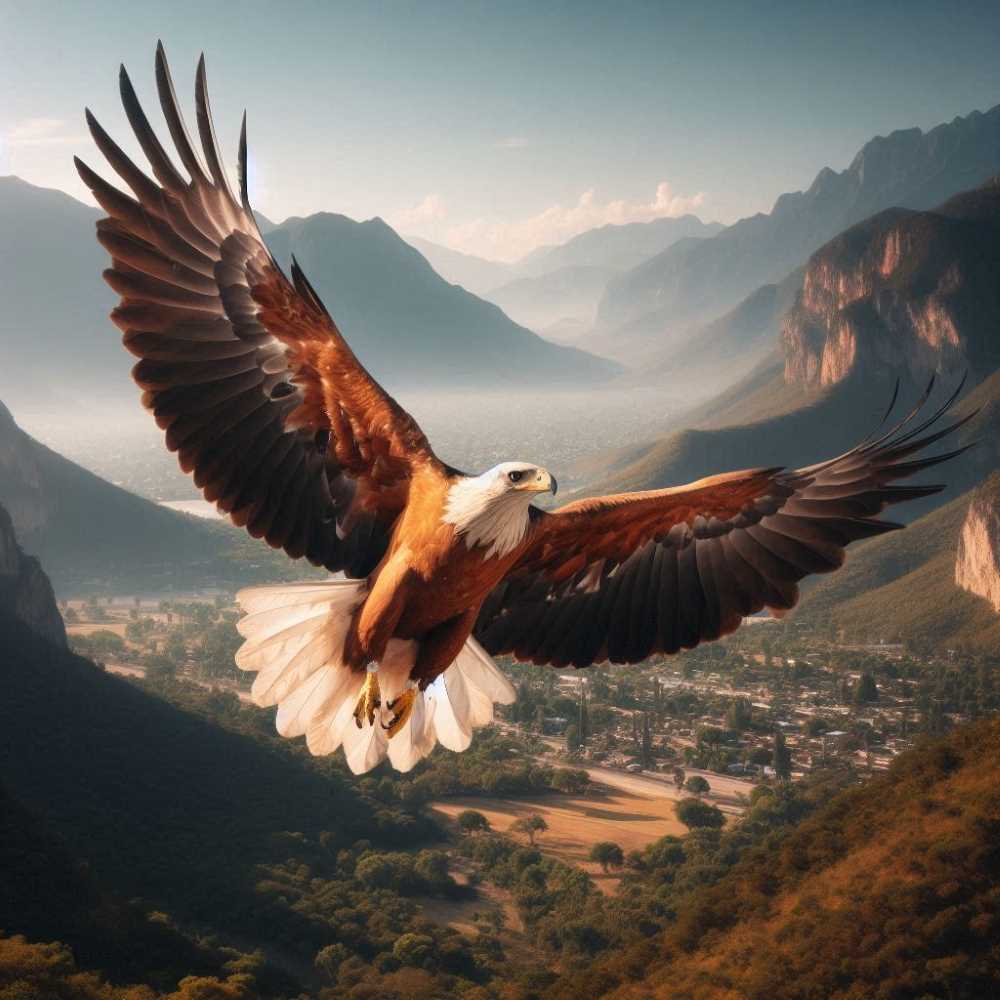Mexico's Avian Crisis and How You Can Help
Mexico boasts a stunning variety of birds, but 65% face threats. From habitat loss to feral cats, these feathered friends need our help. World Migratory Bird Day highlights the importance of protecting birds and their insect food source to ensure a healthy ecosystem for all.

Mexico boasts a staggering avian variety – somewhere between 1,060 and 1,107 bird species flit through its skies. But a shadow falls over this vivid scene: 65% of these feathered wonders face some degree of vulnerability, with a worrying 17% teetering on the brink. This is the stark warning from Fahd Henrry Carmona Torres, a UNAM academic deeply invested in the fate of Mexico's winged jewels.
Carmona Torres, a champion for avian conservation, urges us to marvel at these creatures. "They graced our land before us," he proclaims, "and it's our duty to ensure they grace it after." He sheds light on the fascinating composition of Mexico's birdlife: 70% are permanent residents, while 30% are migratory, flitting in during spring and autumn, following the ancient rhythm of the seasons. There are also transient visitors, mere wayfarers on their epic journeys, and others who find themselves unexpectedly lingering.




